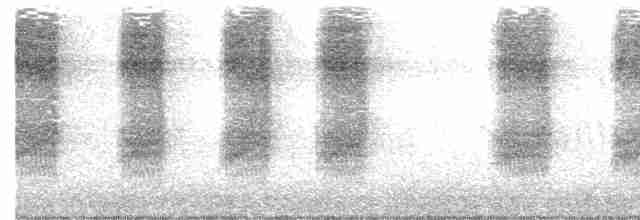Why wave (.wav) files?
Whether you’re capturing bird sounds with a smartphone or a more advanced system, the Macaulay Library encourages you to create .WAV files when you’re recording. WAV is the standard audio format used at the Macaulay Library, the Library of Congress, the British Library, Indiana University, and other sound archives dedicated to the long-term preservation of audio. WAV is an uncompressed audio format that provides an accurate copy of wildlife sounds. By recording in the WAV format, you will maximize the usefulness of your recordings for research and conservation both today and in the future. Recent research found that compression impeded the ability of scientists to examine sound files, particularly peak frequency (Araya-Salas et al. 2017). With the proliferation of cheap digital storage, WAV recording apps for smartphones, and the eBird/ML upload tool’s ability to accept large WAV files, there’s no reason not to record WAV files!
WAVs are preferable to MP3 and the M4A format found on most smartphones because MP3 and M4A are compressed, “lossy” formats. This means that some acoustic data is lost as a result of the compression process that makes these files small in size. In other words, these formats selectively delete certain acoustic information in a recording and this loss of information can affect the ability of researchers to examine acoustic properties of the sound files (Araya-Salas et al. 2017). The deletion of audio in MP3 and M4As can be strikingly seen in these two spectrograms, which are visual representations of recordings:
In this MP3/M4A example, there are large chunks of white in the spectrogram, in the middle of the scrub-jay’s call. These white chunks are parts of the recording where the audio information has been deleted due to the lossy MP3/M4A file format.
The compressed, lossy nature of MP3s and M4As is not a problem for music recordings and ringtones because these file types are designed to keep acoustic information that is important to the human ear and brain while deleting other audio. When it comes to bird songs, however, the audio deletion can be misleading and problematic because birds hear sounds differently than humans. This means that audio that might be unimportant for human listening could be important for bird listening.
Sound recordings archived at the Macaulay Library are used by hundreds of researchers a year for many different types of studies. In these studies, representing the true qualities of bird song is critically important, and the Macaulay Library strives to provide researchers with the best possible acoustic data.
In the past, the main advantage of MP3s and M4As was their size—they are considerably smaller than WAV files. But in an age where smartphone cards can store 64GB of data and a 1TB hard drive costs less than $100, the larger size of a WAV is no longer an issue. With a 1TB hard drive, it’s possible to store nearly 2,000 hours of 48 kHz/24-bit WAV recordings. And remember: once you’ve uploaded your sound recordings via the eBird upload tool, the recordings become part of the Macaulay Library archive and are securely stored in multiple locations. So, if you’ve been recording MP3s or M4As, we encourage you to make the switch to WAV!
(2017). Assessing the effect of sound file compression and background noise on measures of acoustic signal structure, Bioacoustics, DOI: 10.1080/09524622.2017.1396498



